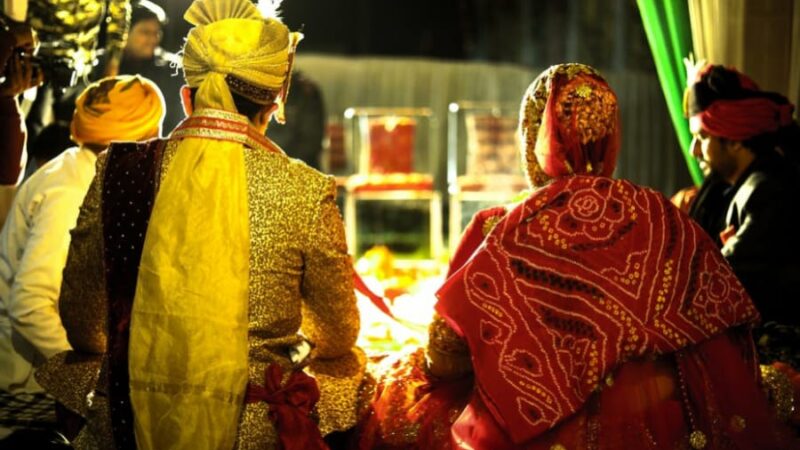Stop Dowry Harassment!

Dowry is the worst anti-social element prevailing in the Indian society. Dowry is a gift by way of money, gold ornaments, car or two-wheeler or any such expensive article that are demanded by the groom’s family at the time of marriage. The inability of bride’s family to meet the demands of the groom leads to the abuse of the bride and this eventually makes her life miserable. Sometimes the groom’s family goes to the extent of gravely injuring the bride, for their greed for dowry, which may lead to her demise.
Initially, gifts of such kind were given to the bride by her parents as an asset for her financial security. This was so because in those days no asset would be bought in the name of the daughter. So these gifts were given to her at the time of marriage to help her meet unexpected situations in future. As days passed, the groom’s family started demanding these gifts to show off their status and it has now become a custom. It has led to so many misfortunes in the lives of women. Female infanticide is on rise because of dowry menace. The groom and the in-laws use physical force on the bride, demanding dowry. To quote a real life incident, a daughter-in-law was burnt alive by the groom’s family for not meeting their dowry demands after two years of her marriage. The couple had a eight months baby, whose future turned bleak because of the groom’s unquenchable thirst for dowry. The bride being the only daughter to her parents, it was even more pathetic.
There are many such women who become preys to the clutches of dowry. This is the status quo of women even in this 21st century. Despite acts like Dowry Prohibition Act and Domestic Violence Act bride-burning and other forms of domestic violence still prevails. These acts have not reached to the prople who need them the most. As a result, dowry deaths and dowry harassments exists and so does female infanticide. People must realize that dowry in any form is unethical and also a crime . Stop demanding dowry! Stop dowry harassments! — About the Author: The article has been contributed by our intern, Lavanya Naryanan.






